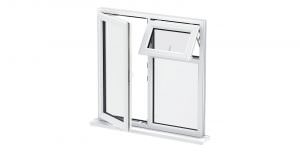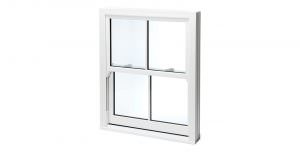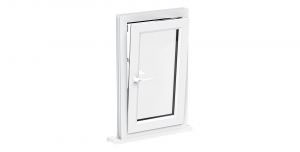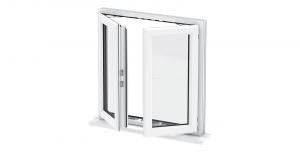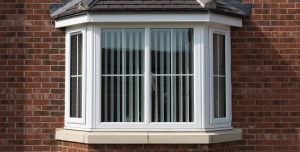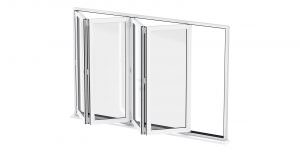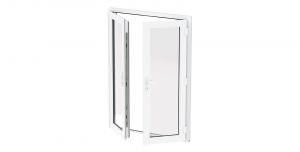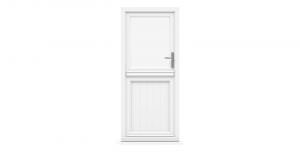What Does Window Condensation Mean?
Window condensation can be a visible indicator that you have too much moisture in your own home. Windows do not cause condensation, they simply display it.
Condensation occurs as a result of high levels of humidity, with a ‘fog’ being created when the warm air comes into contact with the colder surface, which is the window pane. Humidity, and consequently condensation, is caused by excess water vapour in the home. An example of condensation can be seen on a daily basis when you take a shower at home, with the heat from the water causing humidity in the air, resulting in condensation when it comes into contact with the bathroom mirror.
Changes in temperature and reconstruction of homes can cause condensation on windows. When houses are being built or changed, large amounts of water were displaced with building materials such as concrete etc.
As new houses have often just been built, and they have excellent, tight and efficient insulation and windows etc, they often suffer from window condensation. Older houses are less prone to window condensation as they are not as energy efficient, with more room for trapped air to escape the building before settling on the window. Therefore, most people will believe that their home is energy inefficient if they see condensation on their windows. However, the opposite is actually true as the moist air particles do not have an avenue for escape and consequently gather on the windows.
Window condensation can be reduced through a number of methods including:
1. Installing a fan in the house to ensure that air continues to circulate around the property
2. When heating your home, make sure that you use dry heat. This will rid the home of the moisture, provided that the heat you are releasing is dry.
3. Air your laundry and washing when it is removed from the dryer. Most clothes that have been dried retain water and heat and, therefore, if they are dried in the house, the moist air will gravitate towards the windows as it tries to escape.
Problems Caused by Condensation
Condensation can cause problems in the home such as peeling paint, insulation deterioration, mildew and moisture spots and mould on ceilings and walls. Obviously, a continuously moist environment is not beneficial for most things in the home and, therefore, airing the house out for a short period of time on a daily basis can help trapped air escape and reduce the temperature within a property, thus reducing the condensation on the window.
Obviously, as during winter time in most countries the weather is colder, the condensation on windows increases. Increased fire and internal heating usage causes the moist and warm air, whereas in summer, windows are opened more frequently and there is less use of artificial methods of warming.
Condensation will always be an issue in colder countries. Warmer climates do not have the same issues, as they often have windows open to regulate temperature and ensure a constant breeze. Following the tips above can help to reduce condensation, but eliminating window condensation for good is a difficult task.





